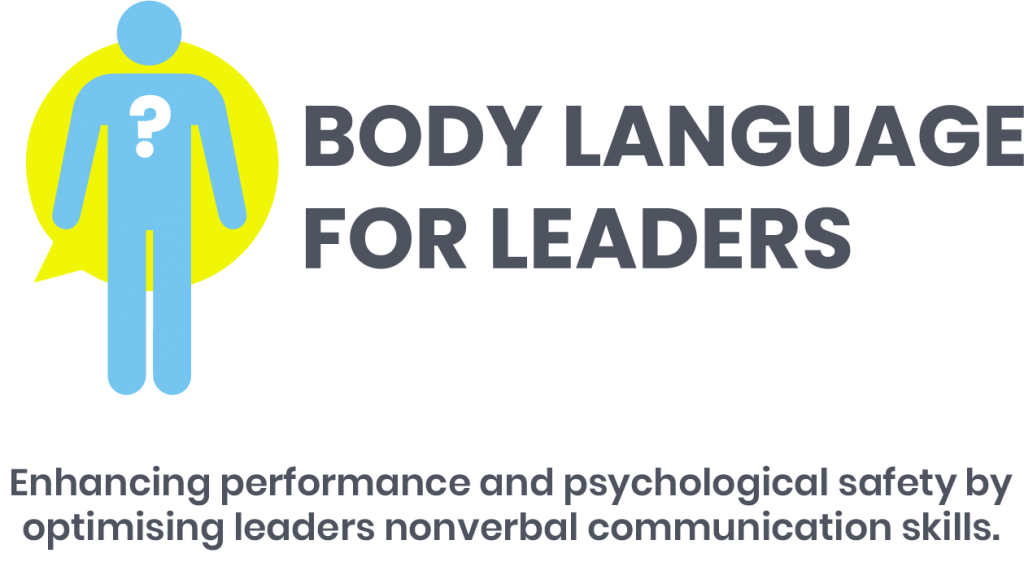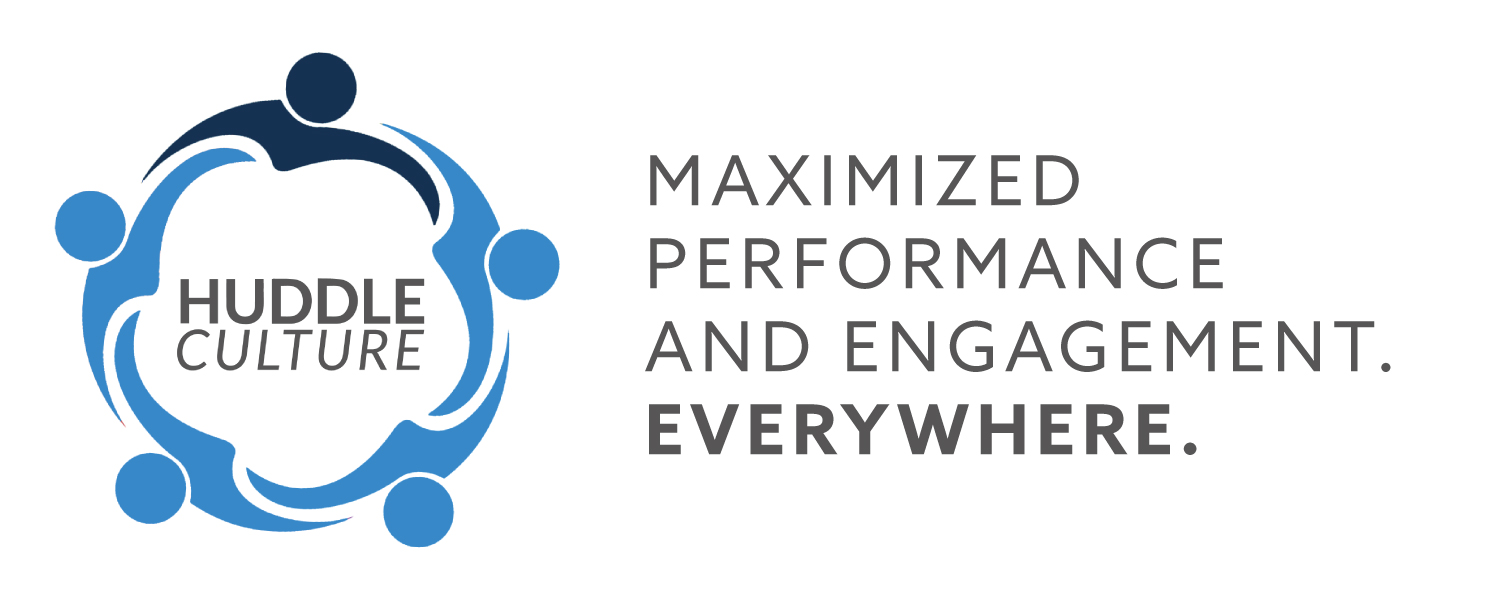

“The enhanced connectivity, trust, rapport and ultimately performance that this course has generated, across the full organisation, cannot be underestimated. Once you know, you can’t help but see. Thank you!”
HR Director Krones
Harnessing The Power of Body Language and Micro Expressions

Helping and empowering people to be more aware and in tune with each other massively enhances the performance of any team, in any business.
In today’s competitive and economic climate, organisations cannot afford not to gain the competitive edge offered by such understanding and training.
Body Language and Micro Expressions are a HUGE part of Emotional Intelligence 2.0 or even 3.0!
This training will help all leaders to develop their leadership skills in a way that vastly improves the safety, trust and collaboration between team members, enhancing employee support and overall performance of the team.
YOU do it because YOU care.

Developing High Performing Teams By Enhancing Trust And Psychological Safety
Helping and empowering people to be more aware and in tune with each other massively enhances the performance of any team, in any business.
In today’s competitive and economic climate organisations cannot afford not to gain the competitive edge offered from such understanding and training.
Body Language and Micro Expressions are a HUGE part of Emotional Intelligence 2.0 or even 3.0!
This training will help all leaders to develop their leadership skills in a way that vastly improves the safety, trust and collaboration between team members enhancing employee support and overall performance of the team.
YOU do it because YOU care.
Course outline
This interactive half day course offers an upskilling in the humanistic art of being able to read Body Language and utilise Micro Expressions. From helping people to explore what they are really thinking to picking up on the unsaid, all leaders should attend this course to support them in their role. This course is designed to empower leaders and investigators to help their teams to discover trust, facts and authenticity through creating a solid platform of psychological safety.
The 4 hours will cover (maximum of 12 students per session):
- Body Language Introduction
- How do YOU speak and move?
- The art of observation
- What we feel when we talk and listen
- Dealing with our own biases
- How to notice ‘tells’
- Coaching for truth
- Creating authentic psychological safety
- Developing ‘win-win’ for all parties
Body Language and Micro-behaviours
These are typically linked to themes such as staff engagement; unconscious bias; health and wellbeing; and trust in the workplace. There are also links to neuro-linguistic programming/positive psychology.
The objective of these support strategies is to reap happier, engaged staff, better performing teams, increased staff retention, clearer communications, fewer misunderstandings, to build trust and to improve customer satisfaction and engagement.
In our experience – and in the strategic push in the workforce – many companies are focused on creating an inclusive culture in order to help to get a good mix of perspectives. This can improve team and corporate performance. Engaged staff, led by ‘authentic’ leaders can unlock discretionary effort and improve the performance of their staff. Team performance can be taken to high performance, so long as it is not faulted in any way. Negative behaviours/micro-behaviours can erode trust and performance.
However, there are behaviours – and micro-behaviours – that are proving difficult to tackle because, much like unconscious biases, they happen largely outside of awareness.
We all have biased thinking. The first step is to realise that this can be a problem. Unfortunately, that isn’t always easy. We’re all happy to believe that other people may be biased, but we can resist any suggestion that we may be biased ourselves.


History
Micro-behaviours were first researched and written about by Mary Rowe, a professor at the Sloan School of Management at MIT in 1972. She described them as “micro-inequities”. Organisations struggle to bring micro-inequalities and their impact to the attention of leaders. These habits of mind and behaviour impact on how included employees feel, the opportunities they have and the sense of belonging they experience. It can negatively impact upon staff engagement – and affect staff wellbeing at work if not addressed.

History
Micro-behaviours were first researched and written about by Mary Rowe, a professor at the Sloan School of Management at MIT in 1972. She described them as “micro-inequities”. Organisations struggle to bring micro-inequalities and their impact to the attention of leaders. These habits of mind and behaviour impact on how included employees feel, the opportunities they have and the sense of belonging they experience. It can negatively impact upon staff engagement – and effect staff wellbeing at work if not addressed.
Where micro-messages happen
Micro-messages happen in two broad contexts: in meetings and other gatherings, such as off sites, team events and everyday interactions between employees. They also happen in more formal settings like reviews, performance and talent calibrations and promotion discussions.
The context influences the methods for dealing with this issue but both broad contexts have common elements. Micro-inequalities are most likely to happen when leaders are making decisions quickly without reflection, when stressed, when they are eager to close an issue off or are multi-tasking.


Where micro-messages happen
Micro-messages happen in two broad contexts: in meetings and other gatherings, such as off sites, team events and everyday interactions between employees. They also happen in more formal settings like reviews, performance and talent calibrations and promotion discussions.
The context influences the methods for dealing with this issue, but both broad contexts have common elements. Micro-inequalities are most likely to happen when leaders are making decisions quickly without reflection, when stressed, when they are eager to close an issue off, or are multi-tasking.
Why are micro-behaviours considered important?
Improve Rapport
The quality of the relationship that results in mutual trust and responsiveness; rapport with others – enabling them to feel at ease with your actions and in building rapport in conversations and in interactions with others; body language and the speed or pace of communication; creating an improved understanding of situations from the other person’s perspective – these all lead to improved outcomes – personally and in business.
Coaching and Mentoring
When we communicate with someone, they will respond according to what they think you mean and how you behave. Their response is feedback to you about how effective your communication has been and how they may really feel. If their response is not how you intended, then you will want to consider changing the way you communicate with them. This means you have complete responsibility for the way you communicate. There are no resistant clients, only inflexible communicators. When people are resistant, this indicates a lack of rapport. Being more flexible in your communication allows you to create rapport.
Mind and body form a system. They are different expressions of the one person. As the mind and body are connected, using the same neurology, then if you change one, it will automatically affect the other. When we think differently, our bodies change. When we act differently, we change our thoughts and feelings. Both need to support each other in delivering a clear and consistent message.
